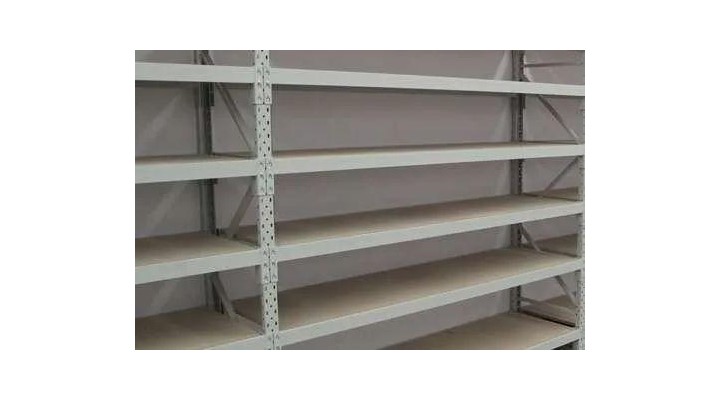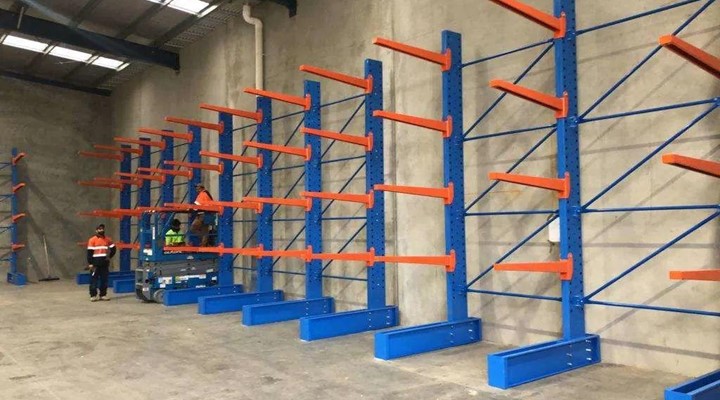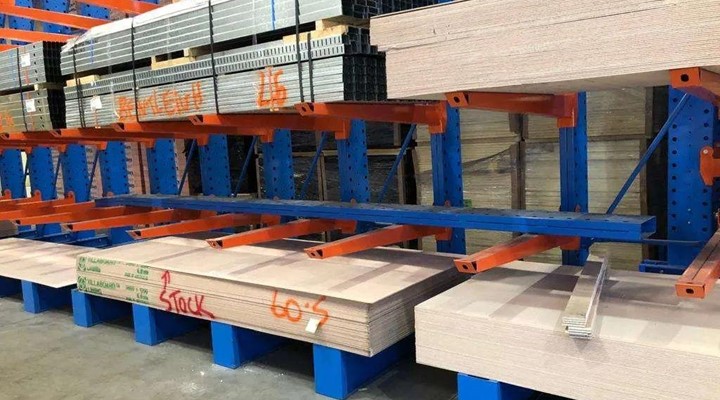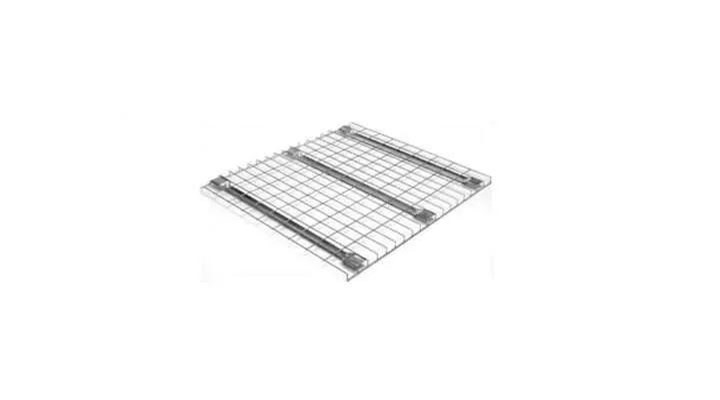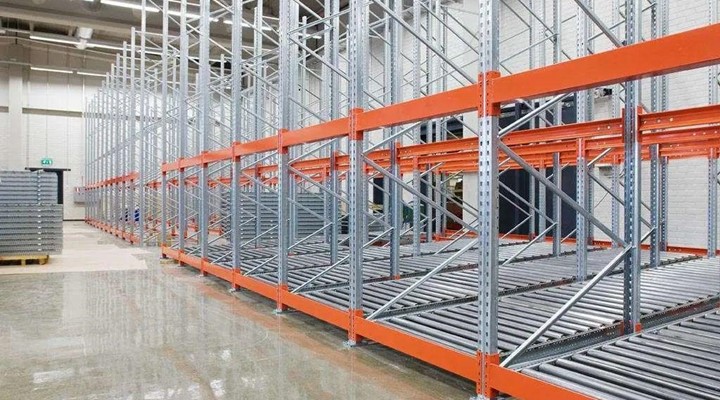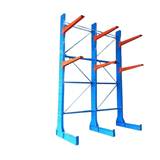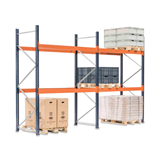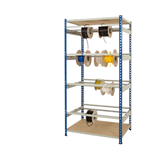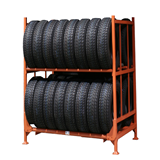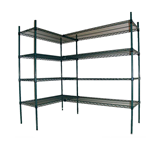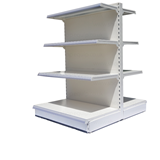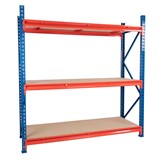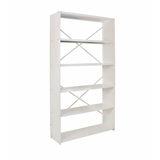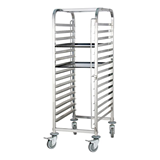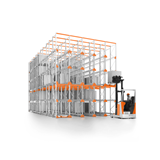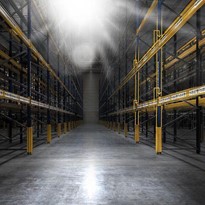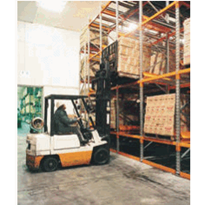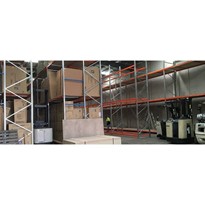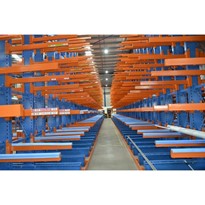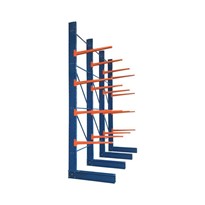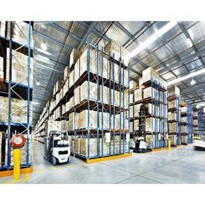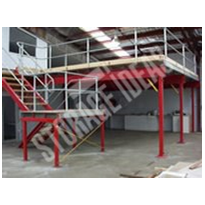Usually, people assume that shelving and racking are the same thing but for those in the warehouse industry, it’s a prerogative to understand the difference between the two to make the best use of them in business.
Often, at a glance, both shelves and racks look similar as they are supported by upright frames and beams, or posts and shelves but the purpose of both is completely different. Understanding the difference in warehouse solutions helps in determining their function and utility for your business.
What’s the difference between Racking and Shelving?
Shelving Systems
We all know what shelves are, right? We use them at home. They are the flat, horizontal plane used to stack or display items like home décor. They are often raised off the floor or anchored to a wall and supported by brackets, dowels, screws, or nails. Industrial shelving solutions are similar and are differentiated by their material and durability.
Shelving systems in warehouses are used to store small, lightweight items that can be carried or moved by hand. Industrial shelving solutions are purpose-built for holding items in a store or warehouse setting to withstand heavy use and a wide variety of items. They are usually made out of metal (sometimes wood) and sit on the ground. However, some warehouses also have shelving systems with wheels for easy movement of goods.
They can be of varying heights and include any number of shelves depending on the requirement. Based on its utility, the shelves have a solid back or an open design.
Types of Shelving Solutions
1. Long Span Shelving
To house your lighter items, invest in Light-Duty Long Span Shelving options. They are specifically designed and manufactured to store lightweight goods. The modular design of shelving systems can be adapted to suit the specific needs of a business.
Long Span is versatile in nature means it can be incorporated into a broad spectrum of storage applications, from simple hand-loaded systems through to sophisticated order-picking systems.
Benefits of Long Span Shelving
- Durable, versatile and economical
- Easy to assemble and manage
- Designed to safely store a broad range of items like high-density storage or liquids
- Customization and availability of accessories
Suitable for automotive, factories, warehouses, retail, wholesale and commercial, can also be used for organizing the garage.
2. Rivet Shelving
If budget is a significant concern, Rivet Shelving is a cost-effective and durable option. They are most economical and are equally easy to assemble. Since there are no bolts involved in their assembly, rivet shelves are also called boltless shelves. All you need is a rubber mallet to put them together.
The assembly consists of aligning rivets and sliding them into the frame at whatever intervals you like. As they are made from heavyweight steel, their excessive weight can be a hindrance if you ever plan to reconfigure your storage space.
Advantages of Rivet Shelving
- Budget-friendly (economical)
- Efficient and durable
- Easy assembly and adjust beams levels to suit individual needs
- Fast and economical way of storing goods
- Easy to build(DIY) and adjust beam levels to suit individual needs
Disadvantages of Rivet Shelving
- Can become heavy-weight when made from heavy gauge steel
- Difficult to move when you want to reconfigure space
Suitable for stockroom, homes and garages, used to store small parts in warehouses and archiving
3. Wire Mesh Shelving
Wire Mesh Shelving is an alternative to wood or solid steel shelving. It is used for the storage of odd-sized pallets, cartons. The wire mesh structure protects the users by facilitating airflow. If looks matter to your business, opt for wire shelving.
Wire Shelves are also much easier to move since they are lighter-weight and can be assembled easily. They are available in all standard racking types, sizes, and configurations. Wire Shelving has some safety advantages as they have to meet stringent insurance requirements.
Advantages of Wire Mesh Shelving
- Lightweight, easy to mount and move
- Easy to keep clean due to lack of dust collection
- Easy to move and assemble
- Ideal for high-visibility products
Disadvantages of Wire Mesh Shelving
- Less durable than the other shelving options
Suitable for commercial industrial use; sensitive products; operatives and forklift truck drivers working under tunnel bays
Racking Systems
Contrary to Shelving, Racking Systems are used for heavy-duty items that can’t be accessed by hand. Instead, they are accessed using forklifts and other automated systems. Generally, they are a lot taller and deeper than the shelves so they are a great storage solution for small product packages and larger individual items.
Racking is pivotal for warehouses that store heavy loads. While shelving is laid out in single sections, racking systems are constructed in several bays to support heavier loads. Racking systems require stability so they are mostly anchored to the ground.
Racking Solutions are a structure of bars produced from metal to hold a specific load. They are more open in design and include a solid slab that supports the products stored on them.
Types of Racking Solutions
1. Cantilever Racking
Cantilever Racking is an ideal solution for lengthier or oversized long products that can be hard to store and access. Products like steel, wood, pipes and tubes, carpet rolls, plasterboards, pre-packed furniture and more can be stored on cantilever racks.
Cantilever Racking Systems allow you to maximise the floor space and vertical real estate without compromising the product’s length or retrieval. The bases rest on the floor and serve as the anchoring point while securing the cantilever rack in place. The bases can also be bolted to the concrete floor, depending on the design.
There are three types of Cantilever racking systems: Light Duty, Medium Duty and Heavy Duty Cantilever Rack. The cantilever rack system is decided from a technical adaptability standpoint based on the capacity needs, the size and weight of products and the required height.
Advantages of Cantilever Racking
- High weight-bearing capacity
- Easy access to products stored
- Quick to install and reconfigure
- A clear opening to identify and retrieve goods
- Improve workflow and protect valuable large goods
Disadvantages of Cantilever Racking
- More expensive as you require forklift trucks to maneuver safely
- Not suitable for pallet inventory
Suitable for lengthy, long and odd-shaped inventory that can’t be stored in a traditional racking system
2. Pallet Racking
Pallet Racking is a single or multi-level storage system that allows quick access to the stored materials. It utilizes the height in your building and supports the high stacking of single items or palletised loads so you don’t have to move one to get to another.
Pallet Racks are composed of vertical upright frames and horizontal load beams designed to store loads. Holes or slots are punched up and down the column to mount load beams onto the upright columns. Footplates are attached to the base of columns to increase the stability of the pallet rack. Forklift trucks are an integral part of any pallet rack system to place and retrieve loaded pallets from the racking system.
It enables you to use the vertical real estate of the warehouse. With the high cost of floor space, you can think upwards and add more storage.
Types of Pallet Racking
- Dexion Racking
- Double Deep Pallet Racking
- Drive-In Pallet Racking
- Narrow Aisle Pallet Racking
- Heavy Duty Shelving
- Powered Mobile Pallet Racking
- Used Pallet Racking
- Selective Pallet Racking
- Push Back Pallet Racking
Benefits of Pallet Racking Systems
- Better use of limited storage space
- Less damaged goods (and racks)
- Lots of customisation options
- Order fulfilment becomes faster and more efficient
- Easy expansion and addition
Disadvantages of Pallet Racking System
- Difficult to access all the inventory by forklift
- Potential for rack damage from fork trucks
- Narrow aisle space due to a packed storage system
- Can become costly if the storage isn’t planned or organized properly
Suitable for manufacturing facilities, smart warehouses, retail centers, and other storage and distribution facilities.
Shelving vs Racking: which one is suitable and right for you?
The answer depends on which products you’re storing and in how much quantity.
If you are storing large quantities of products, racking is the top storage solution for the warehouse. It will allow you to stack these products up on pallets. If you are storing smaller items that you need to be hand selected, shelving is the best storage solution for you.
Although most warehouses have either one of the storage solutions, you can have a combination of both shelving and pallet racking and make optimum utilization of the real estate in your warehouse.


